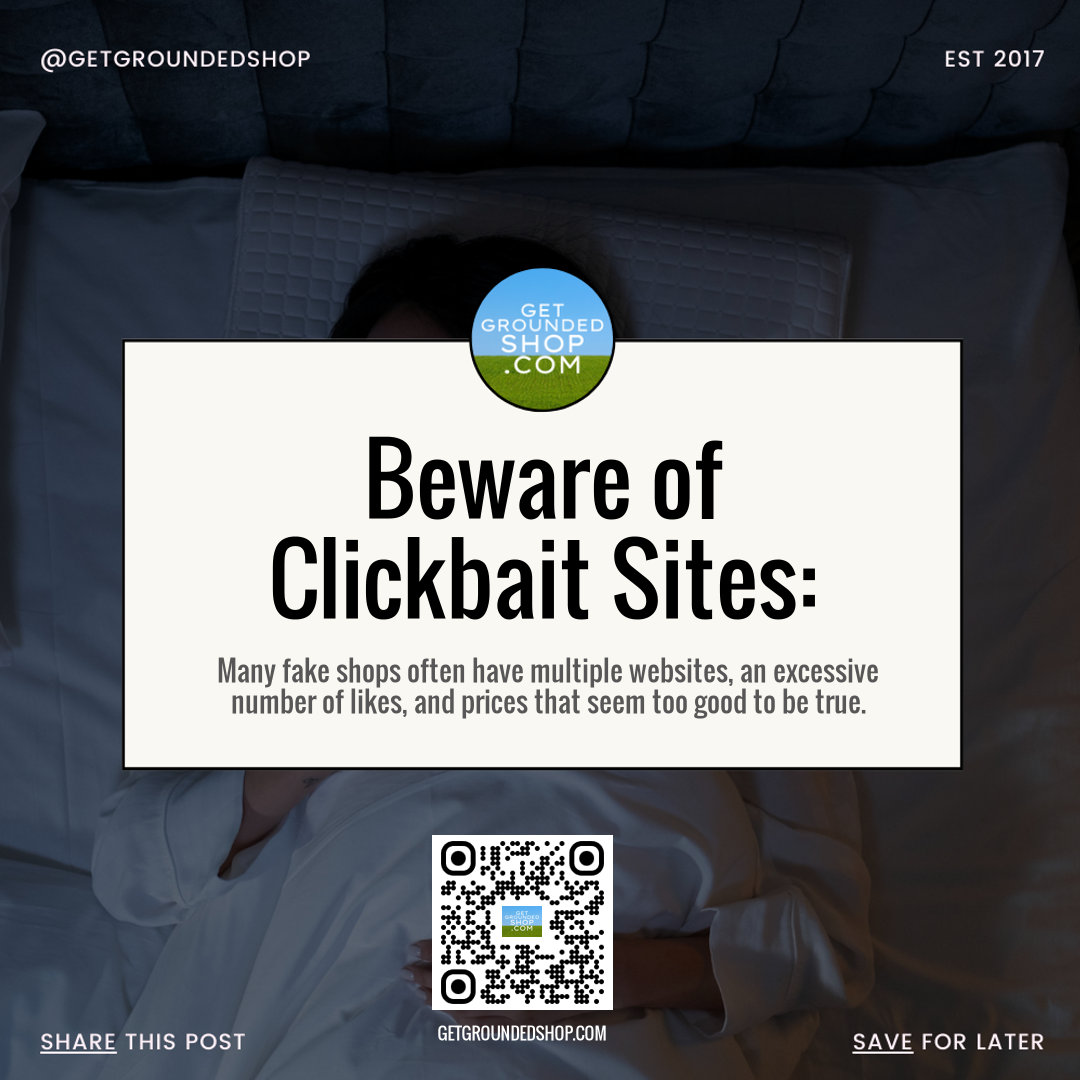
Beware of Clickbait Sites: Protect Yourself from Fake Shops
In today’s digital age, online shopping has become a convenient way to purchase everything from clothes to electronics. However, the rise of e-commerce has also given birth to a new breed of scams: clickbait sites. These deceptive platforms often lure unsuspecting shoppers with enticing offers that seem too good to be true. With many fake shops operating multiple websites, boasting an excessive number of likes, and showcasing prices that raise red flags, it’s essential to stay vigilant. This article will explore how to identify clickbait sites and protect yourself while shopping online.
Understanding Clickbait Sites
Clickbait sites are designed to attract visitors through sensationalized content or misleading offers. They typically use eye-catching headlines and images to draw people in but often lead to disappointment—either through poor-quality products or no products at all. Many of these sites are set up by scammers who aim to make a quick profit at the expense of consumers. Understanding how to spot these fraudulent sites can save you time, money, and stress.
Red Flags to Watch For
1. Multiple Websites
One of the most significant warning signs of a clickbait site is the existence of multiple websites that offer similar products at unbelievable prices. Scammers often create numerous online storefronts to maximize their reach. If you notice the same product being sold on different websites with slightly different names but similar layouts, it’s likely a scam. Always do your research and check for reviews before making a purchase.
2. Excessive Number of Likes and Followers
Another tactic used by clickbait sites is the manipulation of social media metrics. These sites may showcase an exaggerated number of likes, shares, or followers to create the illusion of credibility. It’s crucial to scrutinize these metrics. A legitimate business will have genuine engagement with its audience, which can be verified through comments and interactions. Be wary if the likes seem disproportionate to the level of engagement.
3. Prices That Seem Too Good to Be True
Scammers often entice customers with prices that are significantly lower than those found on reputable sites. If a product is being offered at a fraction of its usual price, it’s a major red flag. Legitimate retailers have to cover costs, including manufacturing, shipping, and customer service. While sales and discounts do happen, they should fall within a reasonable range. Always compare prices across multiple sites before making a decision.
How to Protect Yourself
1. Research Before You Buy
Before making any purchase, take the time to research the website. Look for customer reviews, ratings, and testimonials from credible sources. Websites like Trustpilot and the Better Business Bureau can provide insight into a retailer’s legitimacy. Additionally, searching for the website's name along with keywords like “scam” or “review” can yield useful information.
2. Check for Secure Connections
Always ensure that the website is secure before entering any personal information. Look for URLs that start with “https://” rather than just “http://”. The ‘s’ stands for secure, indicating that data transmitted between your browser and the website is encrypted. If a site lacks this security feature, it’s best to avoid it altogether.
3. Use Payment Methods That Offer Protection
When shopping online, opt for payment methods that provide buyer protection. Credit cards and services like PayPal can help you dispute fraudulent transactions and recover your money if necessary. Avoid using direct bank transfers or wire services, as these methods typically offer little to no recourse if something goes wrong.
What to Do If You've Been Scammed
If you realize that you’ve fallen victim to a clickbait site, act quickly. Contact your bank or credit card company to report the transaction and see if you can dispute the charge. Additionally, report the site to consumer protection agencies or websites like the Federal Trade Commission (FTC) to help prevent others from becoming victims.
Conclusion
The convenience of online shopping comes with risks, especially with the prevalence of clickbait sites. By staying informed and knowing what to look out for, you can protect yourself from scams. Always research before making a purchase, be cautious of sites with unrealistic prices and excessive likes, and choose secure payment methods. Remember, if something seems too good to be true, it probably is. Stay safe and shop smart!
Related Articles
To further educate yourself on identifying deceptive products and ensuring you're purchasing authentic items, consider reading: